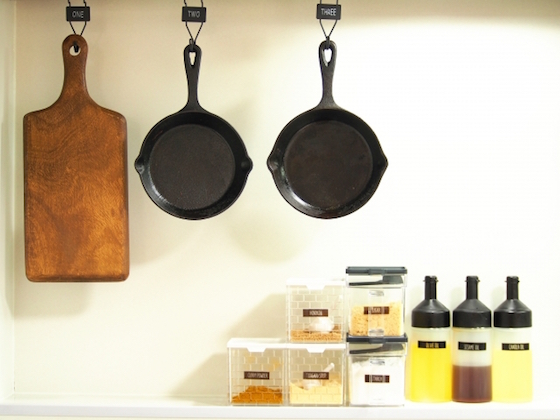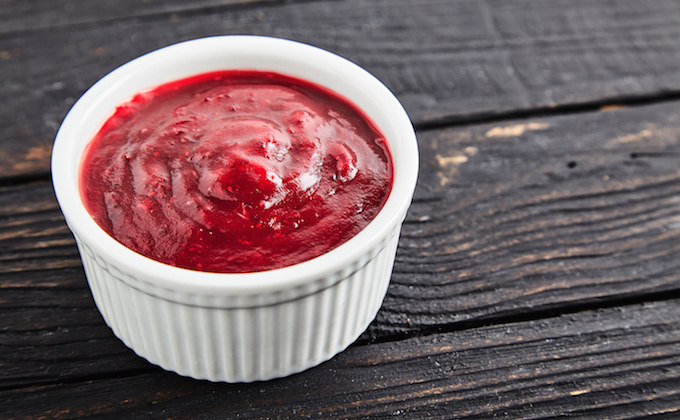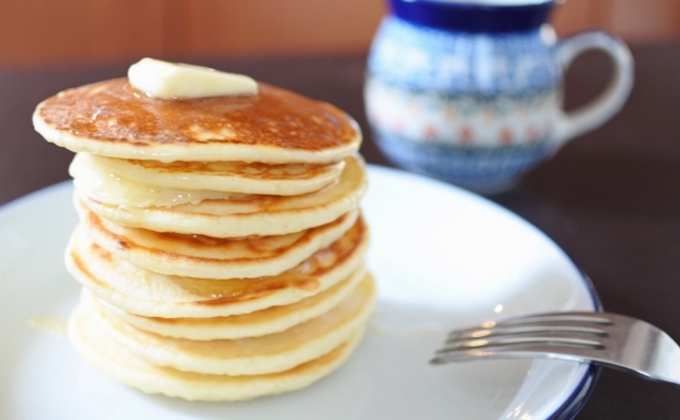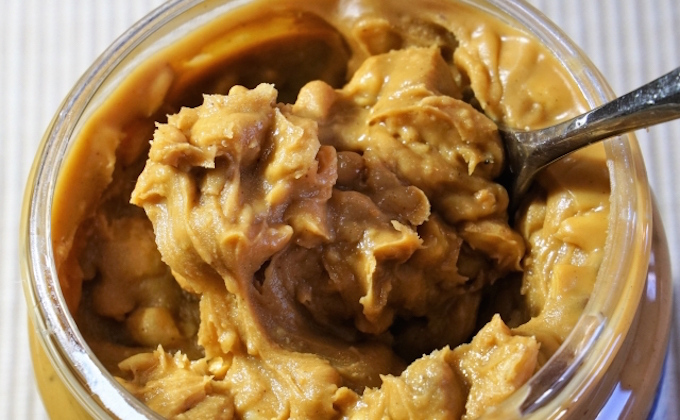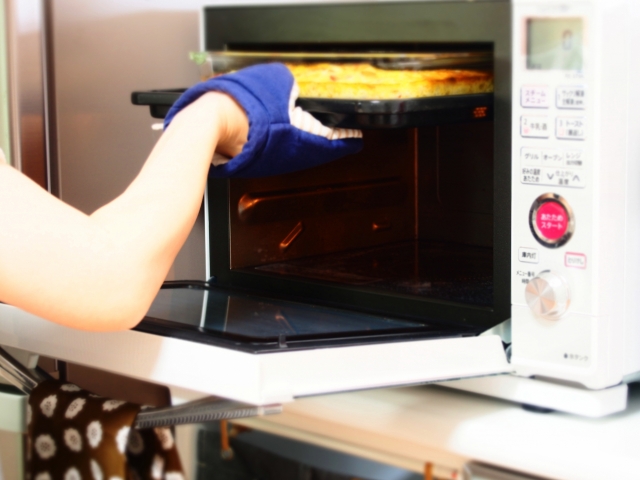TRG Info and Advice
Dear Expats in Japan
What do you miss the most about home? The food, of course!
Well, the finished product may not taste exactly the same and some ingredients are difficult to find in Japanese grocery stores, but success is possible with a little research and ingenuity, and lots of practice! Here are some suggestions that should help make your path to comfort food a little smoother, and relieve some of that homesickness.
Pumpkin Pie!
Butter is expensive in Japan, so try using oil for your crust instead. There are tons of great recipes for butterless crusts, some made with whole wheat flour for that extra-healthy flavor! One of my favorites is from the macrobiotic queen, Deko Nakajima.
And there is no such thing as canned, pureed pumpkin. You have to make it yourself. I just cut an acorn squash into chunks, boil them until they are soft, scoop them out with a slotted spoon and blend them in a blender. You may need to add a little of the water they cooked in to get a smooth puree, but make sure to drain it one more time before you measure it and put it in your batter.
Some recipes call for cream of tartar in the batter, another ingredient I couldn’t find at the local shop, so I substituted okara, the by-product of making soy products like soy milk and tofu. Colorless and tasteless, okara added not only texture, but also some dietary fiber to the pumpkin pie.
NOTE: When a recipe calls for one cup in Japan, it means 200 ml, an “American” cup is 240 ml. Osaji (big spoon) is a tablespoon (15 ml) and kosaji (little spoon) is a teaspoon (5 ml).
Cranberry Sauce!
I attempted to have a little Thanksgiving party with my kids, and even though we didn't have a turkey, we did have pumpkin soup, pumpkin pie and cranberry sauce. I just took some cranberry juice and made into a jello-like substance using the Japanese version of agar-agar: kanten. Available in either easy-to-use powder sticks or papery bars that have to be soaked in water first, kanten is the vegan substitute to animal based gelatin. Get to know it!
Buttermilk Pancakes!
My mom's Sunday morning specialty was buttermilk pancakes, but grocery stores in Japan do not stock buttermilk. In order to achieve that slightly sour flavor, add one tablespoon of vinegar (any kind) to one cup (240 ml) of milk. The reaction between vinegar and milk is quick, so have all of the other ingredients mixed and ready to go beforehand. Dissolve a 1/2 cup (210 ml) of plain yogurt in 1/2 cup of milk for another way to add a little sourness to your pancakes.
There are a couple of Aunt Jemima-esque pancake "syrup" substitutes on the shelves, but forking out the dough for real maple syrup is worth it in my opinion. Just have the kids ration helpings with the "syrup spoon" (size is up to you!) in order to make it last.
Tacos!
Shells are not sold in your average Japanese grocery store, so you have a couple of options: make your own (online recipes for flour tortillas say they take just 30 minutes to make and can be easily prepared and frozen in advance), or order online. In a pinch, my family is perfectly happy to have “taco rice,” instead, with Doritos or other chips crushed on top.
Here is our go-to recipe:
Sauté some onions with sugar, salt and garlic. Add 250-300 grams of ground beef or pork and sauté that, too. Throw in some chopped carrots, mushrooms and green pepper and mix it up so that everything gets cooked evenly. Now, you can add that taco seasoning pack you ordered online or brought back from the states last time you went home.
If you did NEITHER of these things, then start adding some individual spices (purchased in separate bottles from the store): chili, garlic and onion powders, crushed red pepper, oregano, paprika and cumin. Salt and pepper, too. Keep in mind who will be eating your creation and cut back accordingly on the extra spicy stuff,like chili powder and black pepper.
If these spices are not available, try the Japanese hot green pepper and yuzu citrus paste that can be found in a lot of grocery stores, or use the spicy powder mix called shichimi (seven flavors).
Now, for the layering:
In a large, shallow, serving bowl, put a layer of rice. Top it with a layer of the seasoned, cooked taco meat mixture. Add a layer of cheese (you can order a block of Kirkland Red Cheddar or Colby Jack from Amazon.co.jp), then lettuce and tomatoes, avocado slices, and finally, chips! Some stores have actually started selling salsa and sour cream, so keep a lookout. Or make your own salsa with fresh tomatoes, onions, green peppers, garlic and cilantro (called “pakuchii” in Japanese). Guacamole is relatively easy to make, too, if you can get your hands on some ripe avocadoes!
NOTE: Cheese is expensive in Japan, so try cutting it more finely to spread it out.
Peanut Butter!
From baking cookies to making after school snacks, peanut butter is an essential comfort food for many expats and their families. But, having to pay five dollars for a tiny jar of Skippy may discourage the pb&j habit pretty quickly. Making your own peanut butter is an option for those with a LOT of extra time on their hands, but may not be that much more efficient, costwise. Online companies like Amazon sell six pound twin packs of the regular, sugary stuff for under $20 (including shipping), but if you want healthy peanut butter (just peanuts!), it's going to cost you upwards of $14 for a 12 ounce jar. Powdered peanut butter is a lighter option (for stockingup your suitcase when you are home for the holidays), but not much cheaper, and just isn't the same...
Japan has some very sweet, spreadable types of peanut butter called “peanuts cream” which are sold in different sizes for various prices. You may find some suit your purposes and can be tolerated as substitutes. If this is not the case, try some of the more traditional, Japanese spreads like black sesame paste or kinako (sweetened powdered soybeans) spread. Another favorite sandwich filling is adzuki paste with whip cream! Don’t knock it till you try it!
Ovens, Toasters and Microwaves, oh my!
Having an oven in Japan is not a given and is even looked upon as a luxury not everyone can afford. On the contrary, microwaves can be found in nearly every household. Some microwaves have an oven setting which may make it easier to bake cookies, cakes, even whole chickens (if you can find one!). The much more reasonably priced oven toaster, with a dial for setting the temperature (in Celsius, of course!), can substitute for an oven in some cases, but you have to be careful about burning.
I usually start a cake in a relatively shallow pan at 180℃ (about 350℉) and bake it for 10-15 minutes. Then, I cover the cake with aluminum foil or cooking paper, turn the temp up to 200℃ (about 400℉), and bake it for another 10-15 minutes. Cookies can also be cooked to perfection (usually at 170℃, about 340℉)) with a little trail and error. You have to be extra sensitive about having a uniform size and thickness, or you will have some crispy critters! It helps to turn the cookie sheet around every ten minutes or so, too.
Familiarizing yourself with common temperature conversions from Fahrenheit to Celsius, and measurements like ounces to grams and milliliters, will save time. Whenever I try a new recipe, I make notes in the margins about appropriate conversions, as well as measurements for doubling and tripling. A lot of American recipes will list an 8-ounce can (237 milliliters) of something as an ingredient! Those are a pain to convert!
Recipes often include an ingredient that has to be prepped in a microwave, so if you do not have one, or are against them in principle, try to be creative about your heating techniques. Relatively new on the market and backed by Oprah Winfrey is the Cook-zen Cookbook (available in both Japanese and English) and microwave cookpot (available in black or white). Supposedly, the recipes are for simple, healthy foods that do not require a lot of preparation, and taste great, but that is a personal issue.
Want to know more? Click here for a collection of articles on everything Japanese.






